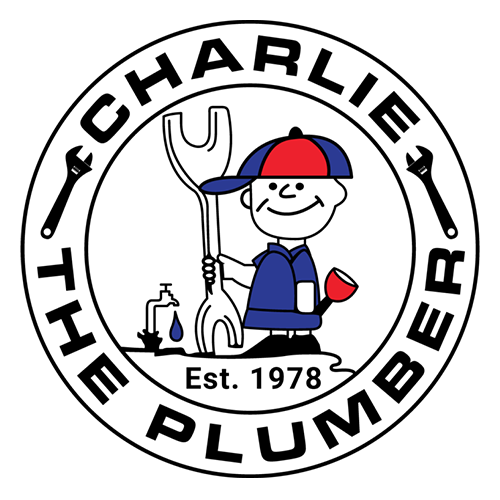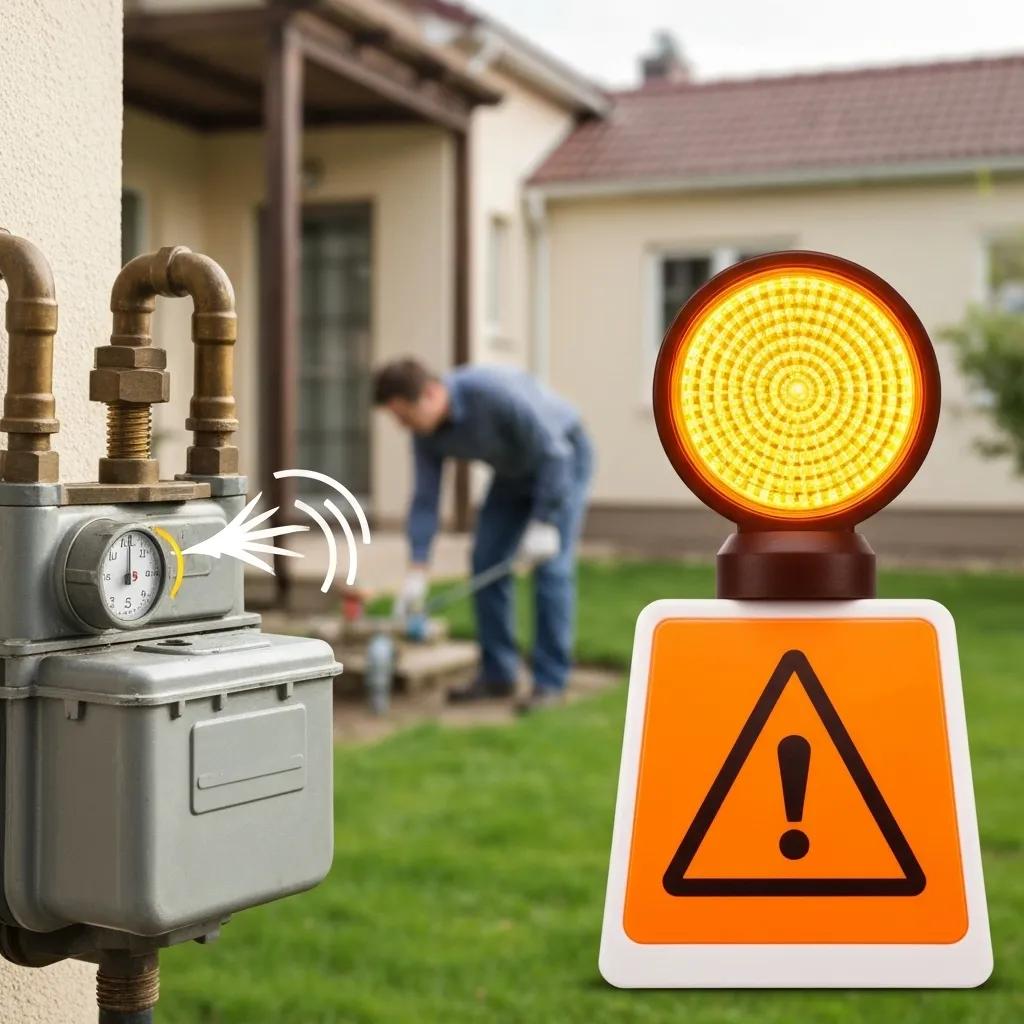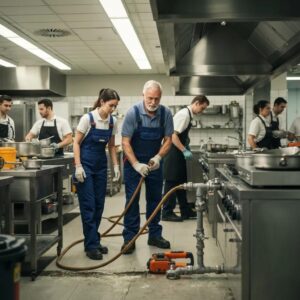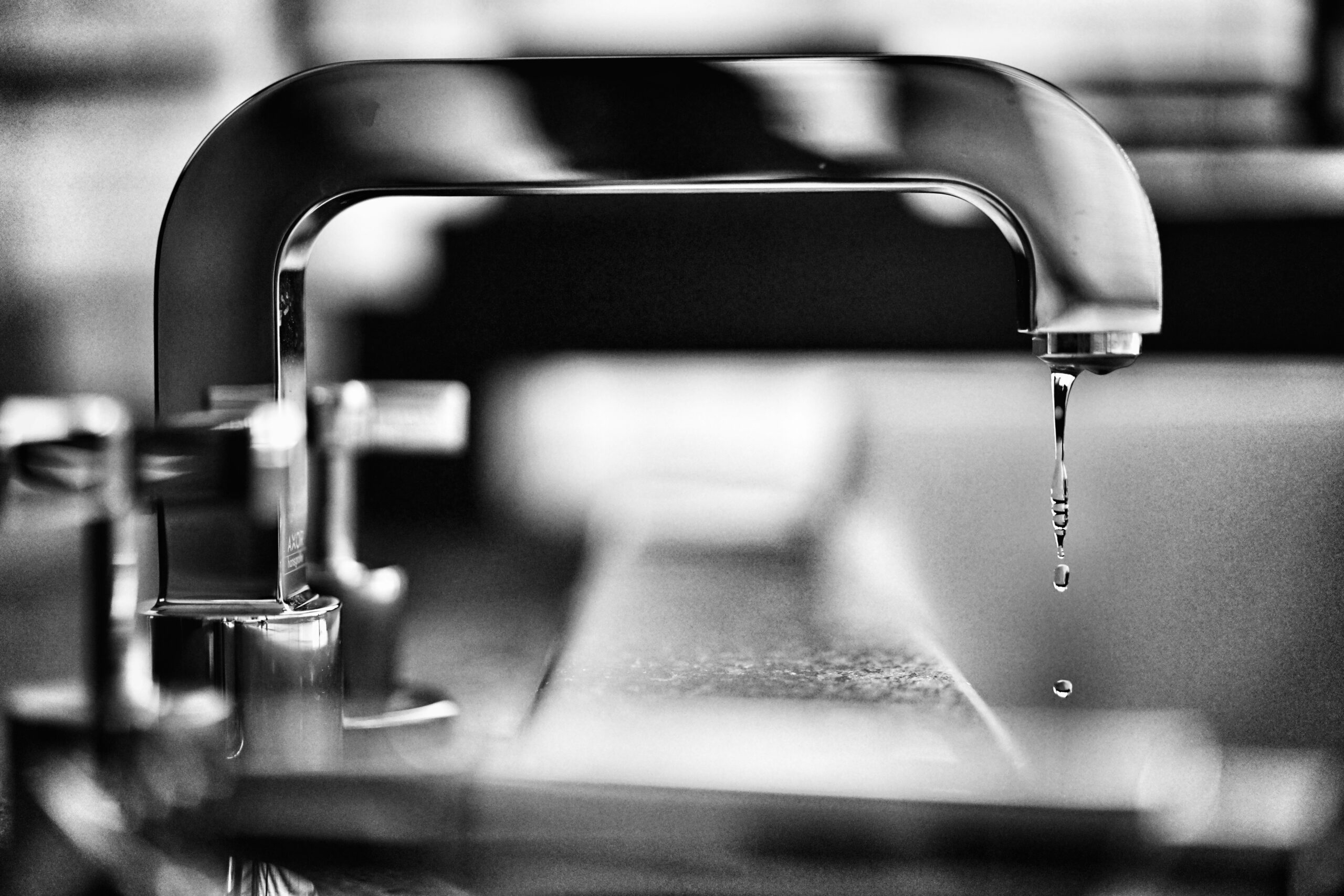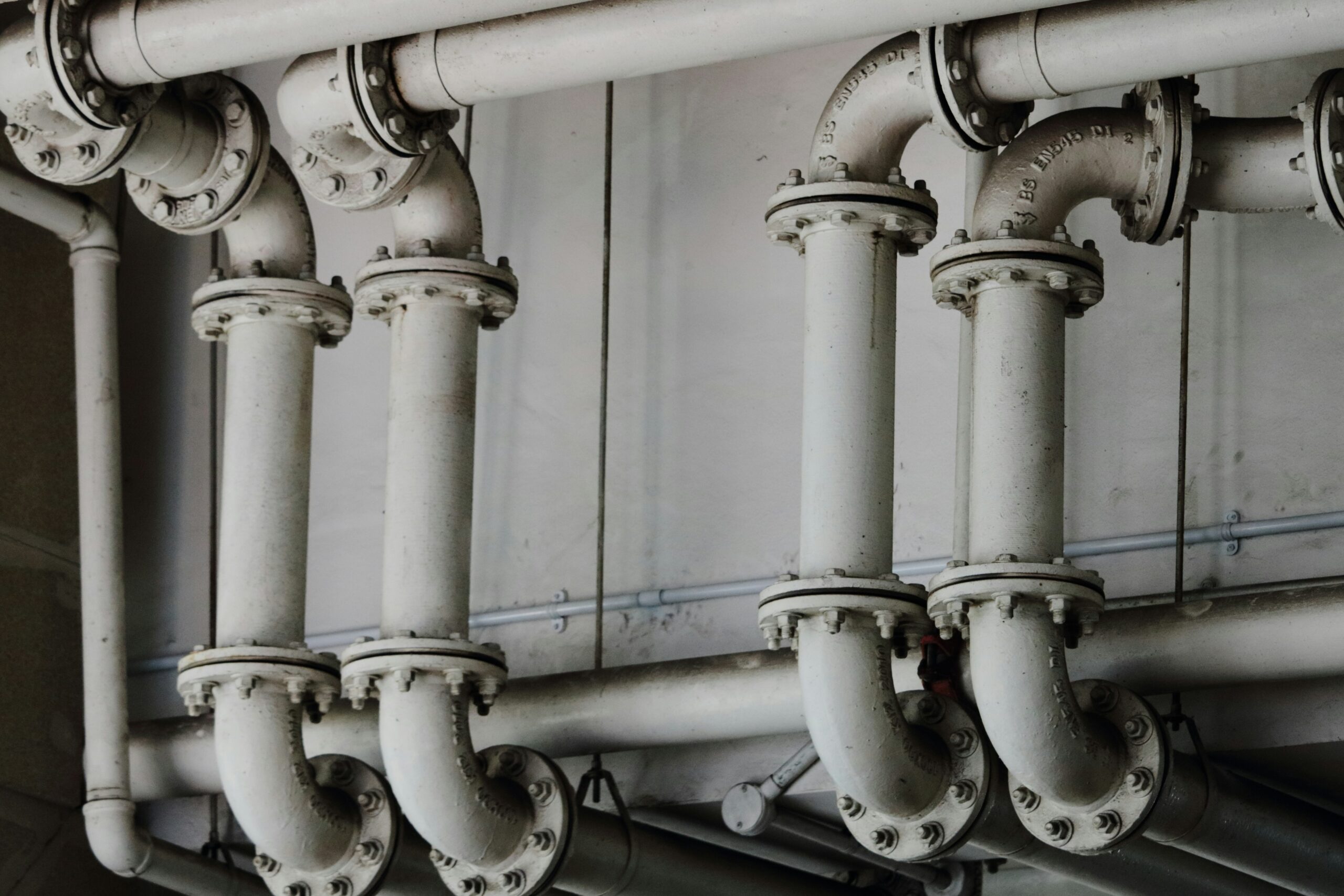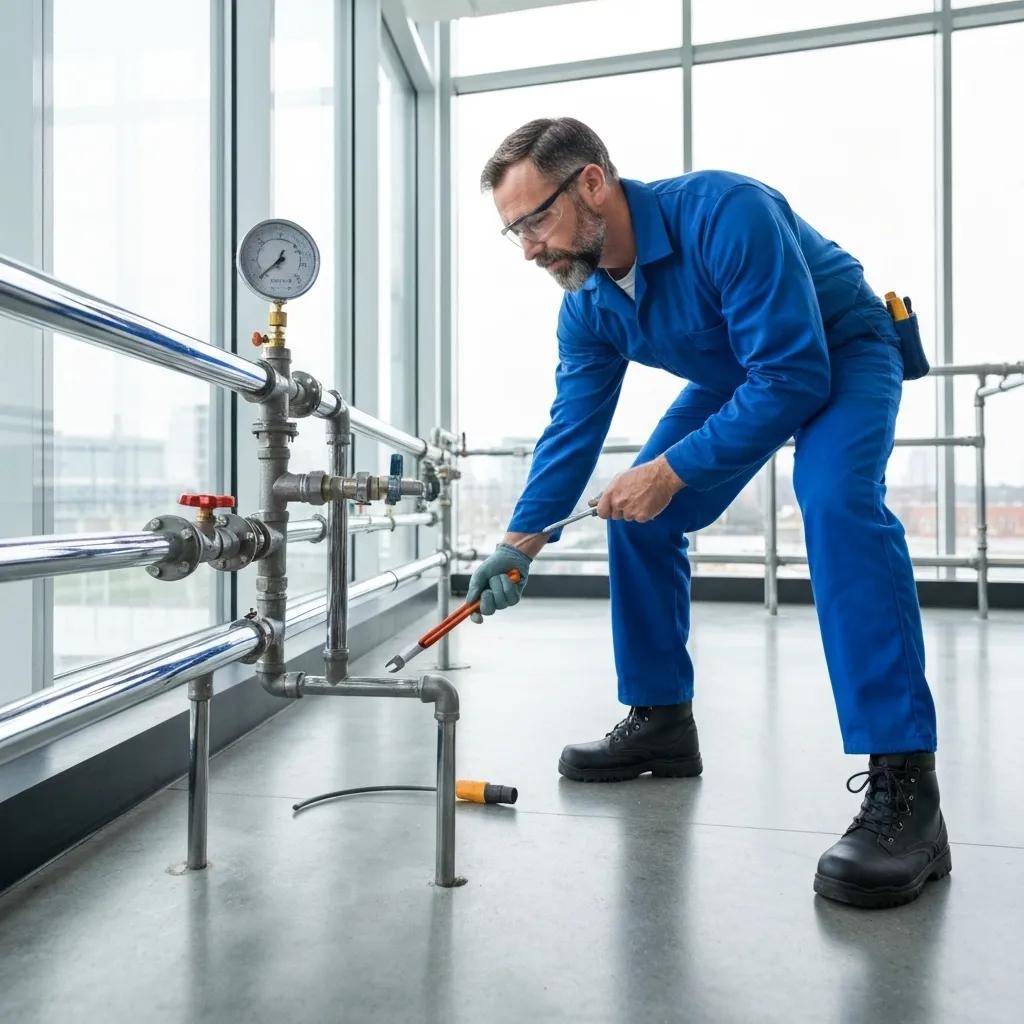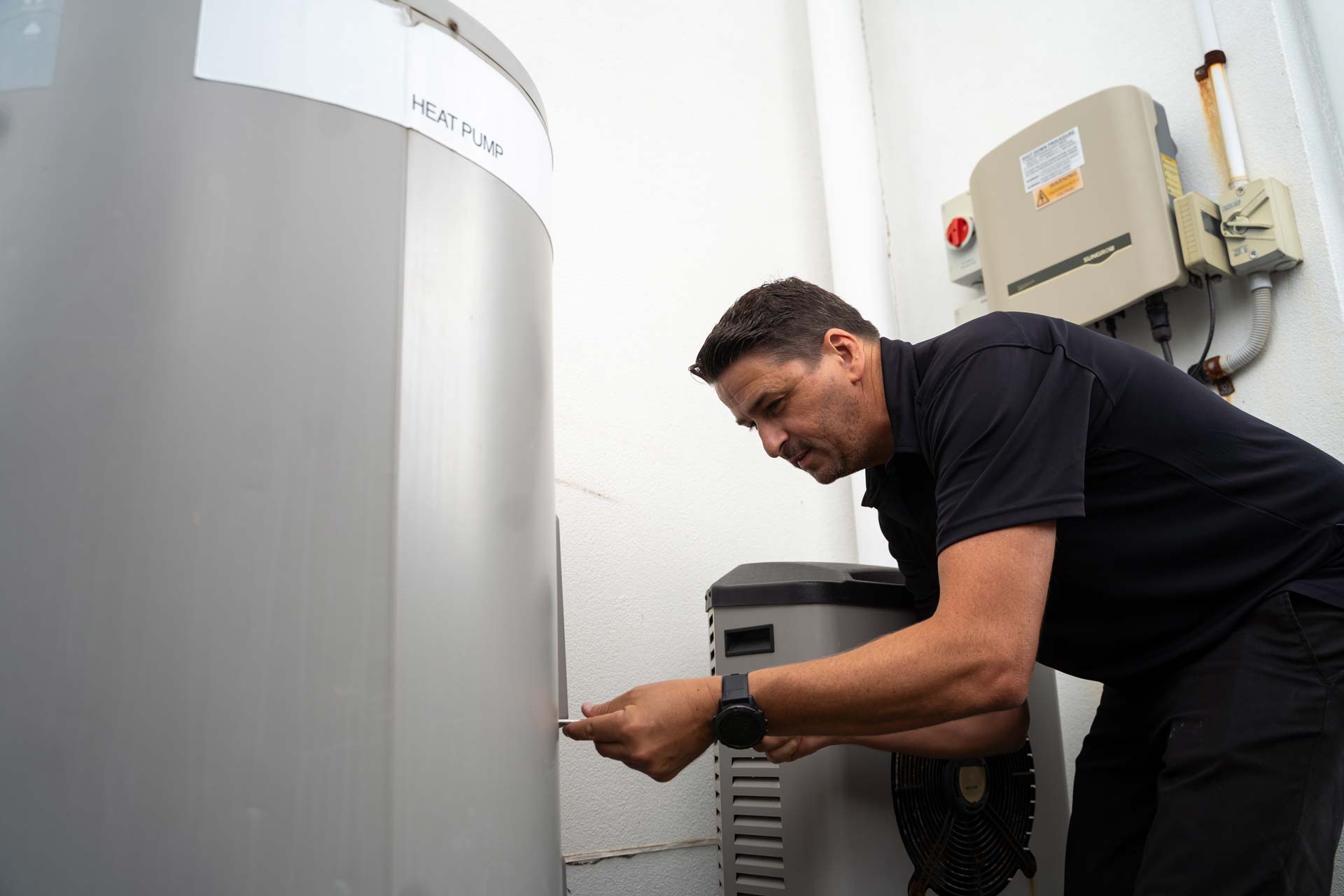When Plumbing Goes Wrong: Your Quick Guide to Handling Emergencies in Gold Coast, Logan, and Brisbane
A sudden pipe burst, gas leak, or stubborn drain clog can wreak havoc in mere minutes, transforming your safe haven or workplace into a risky situation. This guide is your go-to for Gold Coast, Logan, and Brisbane property owners, covering the essential steps during a plumbing crisis—from spotting trouble and staying safe to stopping leaks, managing water damage, gathering evidence for insurance, and getting Charlie the Plumber’s 24/7 rapid response team on the job. You’ll learn to pinpoint genuine emergencies, safely cut power and gas, operate main and isolation valves, minimise flooding, collect proof, call in the pros, and set up maintenance to dodge future dramas.
What Exactly Counts as a Plumbing Emergency? Spotting the Urgent Stuff
A plumbing emergency is any out-of-control water or gas situation that puts your property, health, or business at risk through rapid damage or immediate danger. Knowing how serious it is means you can act fast and cut down on losses. Common emergencies include burst pipes, major leaks, gas escapes, and blocked drains that cause overflows into living spaces.
(Always remember for a major gas leak or electrical emergency, call Triple Zero (000) immediately and ask for ‘fire’. For a suspected leak on your property, call your gas distributor’s emergency number first or call Charlie the Plumber or Gasco Services)
Which Plumbing Headaches Need Your Immediate Attention?
Plumbing emergencies demand swift action to stop things from getting worse. Key situations including:
- Pipes that have burst, spraying water forcefully into walls, ceilings, or floors
- Water leaks that are spreading quickly from under fixtures or behind appliances
- Sewage or greywater backing up and contaminating your living areas
- A sudden loss of gas supply or a noticeable hissing sound, possibly with a gas odour
These scenarios can lead to structural problems, electrical dangers, and health risks, so it’s crucial to contain them right away before the professionals arrive.
What Are the Usual Clues of a Burst Pipe or Water Leak?
Catching a burst pipe early can save you a fortune in repairs. Look out for these common signs:
- Unexpected damp spots or puddles on walls, ceilings, or floors
- Your water meter showing high usage even when no taps are running
- Loud banging or knocking noises when your taps are turned off
- A sudden drop in water pressure or just a trickle instead of a strong flow
Spotting these clues lets you quickly shut off the water supply, stopping further flooding and protecting your home’s structure.
How Do You Spot a Gas Leak and Understand the Dangers?
A gas leak releases flammable fumes that can lead to explosions, fires, and suffocation if not dealt with promptly.
Gas Leak Safety First – In Plain English
Gas leaks are incredibly dangerous, posing serious health risks and the potential for explosions. It’s vital to follow safety steps like shutting off the gas, airing out the area, and getting everyone out of the building to keep everyone safe.
Brown, A., Gas Safety Handbook (2023)
Keep an eye out for these warning signs:
- A distinct smell like rotten eggs or sulfur
- A continuous hissing sound near gas appliances or the meter
- Plants around buried gas lines suddenly dying or turning yellow
- Feeling dizzy, getting headaches, or feeling nauseous
Recognising these dangers is key to the safety protocol: shut off the gas, ventilate the area, and get people out before the experts arrive.
When Does a Blocked Drain Turn into a Full-Blown Emergency?
A simple clog becomes an emergency when wastewater starts backing up into your fixtures or flooding your floors, creating a health hazard and potential structural damage. It’s an emergency if:
- Sinks, tubs, or toilets are overflowing and plunging doesn’t help
- Sewage is seeping into your basement or ground-floor areas
- Foul odours are rapidly building up, indicating trapped waste gases
- Multiple fixtures stop working because the main drain is blocked
Once these issues pop up, stop using water and call for expert help immediately to prevent property loss and health risks.
Keeping Safe During a Plumbing Emergency: Power and Gas Precautions
Prioritising safety by shutting off electricity and gas dramatically reduces the risk of electric shock, fire, or explosions when water is around. Always deal with power and fuel sources before tackling leaks to protect everyone involved.
How Do You Safely Switch Off Electricity at the Circuit Breaker?
Cutting the power stops electrical hazards in flooded areas. Here’s how:
- Find your main switchboard – it’s usually in the garage, laundry, or an external meter box.
- Locate and flip the main switch, often labelled “All Circuits,” to the OFF position.
- Turn off individual circuit breakers that supply power to areas affected by water (like bathrooms, laundries, kitchens).
- Double-check that the power is off by trying the lights or outlets in the affected zone before you do anything else.
Doing this minimises the risk of electric shock and makes it safer to access water shut-off points.
What’s the Procedure for Shutting Off Gas in an Emergency?
Stopping the gas flow eliminates the risk of explosions from leaks. Follow these steps: gas plumbing
- Locate your gas meter, typically near the front of your property or on an external wall.
- Turn the regulator lever or valve 90 degrees until it’s perpendicular to the gas pipe – this means it’s off.
- Open up windows and doors to air out any enclosed spaces.
- Avoid using anything that could create a spark, like flames, light switches, or electrical appliances.
Once the gas is contained, the area is much safer for inspection and repairs.
When Is It Time to Get Out Because of Gas Leak Risks?
Evacuating is essential if ventilation alone isn’t enough to clear gas fumes quickly. Leave immediately if:
- The gas smell gets stronger even with windows open
- Several people are feeling dizzy or getting headaches
- You hear a continuous hissing sound near the meter connections
- You can’t see or reach the source of the leak
Getting out without delay protects everyone’s health and reduces the chance of fire or explosion before professional help arrives.
How to Stop Water Flow: Finding and Using Your Main Water Shut-off Valves
Cutting off the water supply at its source is key to limiting flooding and structural damage. Knowing where your valves are and how to use them lets you act fast when it counts.
Where Can You Find the Main Water Shut-off Valve in Your Home?
Your main shut-off valve is usually located:
- Near your water meter, often in a box at the street or property line
- Inside a utility cupboard or under the kitchen sink in newer homes
- Close to the hot water system or laundry trough in some older setups
Knowing this location beforehand means you won’t be scrambling to find it when stress levels are high.
Step-by-Step: How to Turn Off the Main Water Supply
Follow this guide to shut off your main water line:
- Make sure any circuit breakers are OFF if water is near electrical outlets.
- Find the valve handle or wheel – it’s often round and red or black.
- Turn the handle clockwise (to the right) until it stops. This shuts off the water.
- Open a tap on a lower floor to confirm the water has stopped and to release any remaining pressure.
Knowing these steps can save you precious minutes, significantly reducing water damage.
How Do You Shut Off Water to Specific Fixtures Using Local Valves?
Local isolation valves control the water supply to individual appliances or taps:
- Look for small ball valves under sinks, behind toilets, and near washing machines.
- Turn each valve handle 90 degrees to stop water flow to that specific fixture.
- Test the fixture to make sure no water is coming out – this confirms it’s shut off.
Isolating fixtures helps you manage the situation and focus on the main leak before the professionals arrive.
Best Ways to Minimise Water Damage Before Help Arrives: Containment and Cleanup
Containing water stops it from spreading, prevents structural weakening, and protects your belongings until the plumber gets there. Use simple tools and quick actions to keep the damage under control.
The Real Impact of Water Damage on Buildings – In Simple Terms
Water damage from burst pipes and leaks can cause serious structural problems like wood rot, mould, and weakened building materials. Acting fast to contain the water and dry things out is crucial to avoid long-term damage to your property.
Smith, J., Journal of Building Science (2022)
This research highlights why it’s so important to contain water leaks and minimise damage to keep buildings strong. water leaks
How to Use Buckets and Towels to Contain Water Leaks?

Grab buckets and towels to catch drips and redirect water flow:
- Place a sturdy bucket directly under the leak and surround the bucket’s rim with towels.
- Swap out or empty buckets when they’re about one-third full to keep catching water effectively.
- Wring out soaked towels into the buckets and put them back in place to keep absorbing water.
This method immediately reduces standing water, protecting floors and fixtures from prolonged exposure.
What Items Should You Move to Prevent Water Damage?
Get valuables and electronics out of the way to prevent permanent loss:
- Move furniture, rugs, and important documents away from the affected areas.
- Lift electronics off the floor by placing them on tables or shelves.
- Remove carpets or underlay if possible and dry them out.
- Store precious items or heirlooms in a safe, dry spot.
Moving your belongings out of harm’s way cuts down on restoration costs and saves your treasured possessions from moisture damage.
How to Drain Pipes and Flush Toilets to Reduce Pressure?
Getting rid of trapped water can ease pressure on pipes and prevent overflows:
- Open all the taps in your home for a short time to let residual water drain from the pipes.
- Flush toilets until the tanks are empty, then turn off their isolation valves to stop them from refilling.
- Pour any excess water from appliances like dishwashers or washing machines into buckets.
Reducing the internal water pressure helps minimise further leaks and makes temporary fixes more effective.
How to Document Plumbing Emergencies for Insurance and Professional Help
Keeping good records helps with insurance claims and gives plumbers a clear picture of the problem. Accurate details speed up repairs and make sure your claim is valid.
What Information Should You Collect About the Problem’s Source?
Gather key details about where the leak started:
- Location: which room, what fixture, and the exact spot of the leak
- Timing: the date and time the issue began or got worse
- Visible damage: cracks in walls, stains on ceilings, warped flooring
- Environmental factors: recent bad weather, extreme temperatures, appliance usage
Recording this information creates a clear timeline of events, helping insurers and technicians figure out the problem and plan the repairs.
How to Take Effective Photos and Videos for Insurance Claims?
Good quality photos and videos capture the damage accurately:
- Use a high-resolution camera or smartphone, keeping it steady, perhaps with a tripod.
- Take wide shots showing the whole affected area, then zoom in on the leak points.
- Record short video clips that pan from the initial drips to the surrounding tiles, fittings, and structure.
- Add timestamps to your media and save files in an organised folder for easy access.
Comprehensive visuals back up your claim details and give professionals valuable context before they even arrive. services
Why Is Proper Documentation So Important for Emergency Plumbing Situations?
Accurate records lead to fair settlements and quicker repairs by:services
- Showing insurers the exact extent of the damage so they can approve the right coverage
- Helping emergency plumbers know what tools, parts, and team size they’ll need
- Reducing back-and-forth questions that can slow down the restoration process
- Preserving evidence in case of future warranty or liability issues
Well-documented emergencies mean faster service, lower out-of-pocket expenses, and better long-term results.
When and How to Call an Emergency Plumber: Charlie the Plumber’s 24/7 Service Explained
Getting professional help at the right time prevents DIY mistakes and restores safety quickly. Knowing what information to provide speeds up the response from trusted local experts.
What Details Should You Give When Booking Emergency Plumbing Services?
Clear, concise information helps the dispatch team prepare:
- Your exact address, how to get in, and any gate or security codes
- A description of the emergency (burst pipe, gas leak, blocked drain)
- What safety steps you’ve already taken (water/gas shut-off, power isolation)
- Any known dangers, like electrical hazards or structural damage
Providing these details ensures the technician arrives fully equipped for the job.
How Does Charlie the Plumber Respond So Quickly in Gold Coast, Logan, and Brisbane?
Our local presence and 24/7 readiness are the keys to our fast service:
- Technicians are on standby around the clock, with GPS-tracked response vehicles
- Our emergency hotline is monitored constantly for urgent calls
- Vans are fully stocked with common emergency parts, valves, and repair tools
- Smart local routing minimises travel time, even during busy traffic periods
This localised approach drastically cuts down arrival times, letting you regain control faster and limit property damage.
What Makes Charlie the Plumber the Go-To for Emergency Plumbing?
Our professional standards, clear pricing, and focus on customer care build trust:
- Fully licensed and insured plumbers who follow all Queensland regulations
- Fixed-price quotes given before any work starts – no surprise fees
- A quality guarantee on all repairs, parts, and workmanship
- A strong local reputation built on speed, clear communication, and friendly service
These commitments give you peace of mind when time and safety are critical.
How Can You Prevent Future Plumbing Emergencies? Maintenance and Preparedness Tips
Regular upkeep and planning ahead can reduce the chances of unexpected plumbing crises. Proactive steps keep your systems running smoothly and lower repair costs over time.
What Regular Plumbing Maintenance Helps Avoid Emergencies?
Scheduled maintenance catches wear and tear before it leads to failure: services
- Check visible pipes, hoses, and fittings every three months for any signs of rust or leaks
- Clean out gutters and downpipes twice a year to prevent water overflow issues
- Have your hot water system serviced annually to check pressure relief valves and heating elements
- Flush out scale and sediment from pumps, fixtures, and appliances twice a year
These routine checks catch small problems before they turn into expensive emergency calls.
How to Put Together a Home Plumbing Emergency Kit?
A dedicated kit helps you respond faster in an emergency:
- An adjustable wrench, plumber’s tape, and pipe joint compound
- A sturdy bucket, absorbent towels, and rubber gloves
- A flashlight, extra batteries, and a gas-approved face mask
- A printed quick-reference guide with shut-off valve locations and plumber contact details
Keeping these items in a clearly marked box near your meter or under the sink ensures they’re ready when panic strikes.
Where Can You Find Local Emergency Contacts for Plumbing Issues?
Keep a handy list of essential contacts for quick outreach:
| Contact Type | Provider | Use Case |
|---|---|---|
| Emergency Plumber Hotline | Charlie the Plumber 24/7 | Burst pipes, gas leaks |
| Local Council Permit Office | Brisbane City Council | Structural alterations |
| Gas Supply Provider | Local gas distributor | Major gas pipeline incidents |
| Insurance Emergency Line | Your insurer’s 24-hour service | Rapid claim lodgement |
Having these numbers readily available reduces decision-making time and ensures you call the right service first.
Specific Steps for Common Plumbing Emergencies: Burst Pipes, Gas Leaks, and Blocked Drains
Having clear protocols helps homeowners manage each situation safely and effectively until professionals take over.
What Are the Immediate Actions for a Burst Pipe Emergency?
When a pipe bursts, act fast to limit the damage:
- Shut off the main water supply at the valve.
- Turn off electricity to the affected areas at the breaker.
- Contain any leaking water using buckets and towels placed under the break.
- Move any nearby valuables and electronics to a dry spot.
These steps help stabilise the situation and prepare for professional repairs.
How to Safely Follow the Gas Leak Emergency Procedure?
Dealing with a gas leak requires careful containment:
- Shut off the gas supply at the meter by turning the lever 90 degrees.
- Ventilate the area immediately by opening windows and doors.
- Evacuate everyone if the smell is strong or you suspect high levels.
- Call an authorised gas fitter or emergency plumber without going back inside.
Following these steps prevents potential ignition sources and ensures a safe resolution.
What Are the Best Steps to Take During a Blocked Drain Emergency?
Clearing blockages quickly restores proper drainage:
- Stop using water and close the isolation valves for the blocked fixture.
- Try using a plunger, making sure it creates a tight seal and pumping vigorously.
- Use a handheld drain snake to gently dislodge any obstructions.
- If you can’t fix it yourself, call a professional before wastewater overflows.
Acting fast minimises health risks and protects your property from contamination.
How to Handle Water Heater Leaks and Hot Water System Failures?
Water heater issues need focused containment and expert attention:
- Turn off the electricity or gas supply to the heater at the switch or meter.
- Close the cold-water inlet valve to stop more water from entering.
- Drain any remaining water using the heater’s drain valve into a bucket or outside.
- Book a specialist service call to fix or replace faulty valves, thermostats, or tank parts.
Managing these steps prevents scalding hazards and water damage until qualified technicians can restore your hot water.
Frequently Asked Questions About Plumbing Emergencies: Expert Answers for Homeowners
Homeowners often need clear answers about urgent plumbing issues to make smart decisions and act quickly during critical moments. Understanding common concerns builds confidence and readiness.
What Is the Very First Thing to Do in Any Plumbing Emergency?
The top priority in any plumbing crisis is to ensure safety by shutting off electricity, water, and gas to prevent electric shock, structural damage, or explosions before taking any other steps.
How Do You Turn Off Your Main Water Supply Quickly?
Find the main valve near your water meter and turn its handle clockwise until it’s fully closed. Check that the water is off by opening a nearby tap and confirming that no water flows.
When Should You Call an Emergency Plumber Instead of Trying DIY?
Call a professional when leaks involve hidden pipes, gas lines, sewage backups, or if your initial DIY attempts don’t stop the damage. Skilled plumbers have the tools, experience, and qualifications to handle complex emergencies safely.
Homes and businesses in Gold Coast, Logan, and Brisbane can count on prompt, expert help to navigate plumbing crises with confidence and minimise disruption until permanent repairs are completed.
In any urgent plumbing situation, quick action, clear documentation, and the support of a licensed 24/7 emergency plumber are key to protecting your property, health, and finances. Knowing how to shut off utilities, contain water, record damage, and make the right call ensures you stay in control when every minute counts. Trust rapid-response professionals to deliver safe, compliant repairs and lasting solutions that protect your home or workplace from future emergencies.
